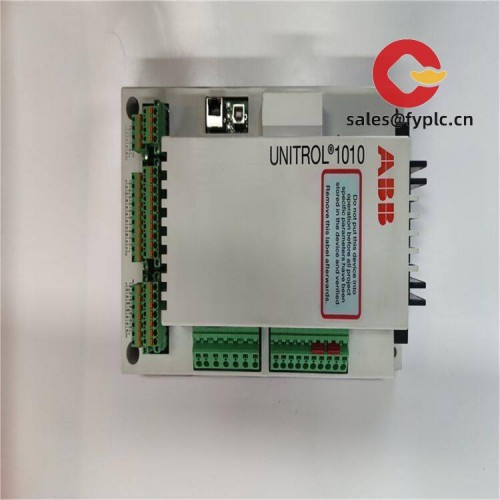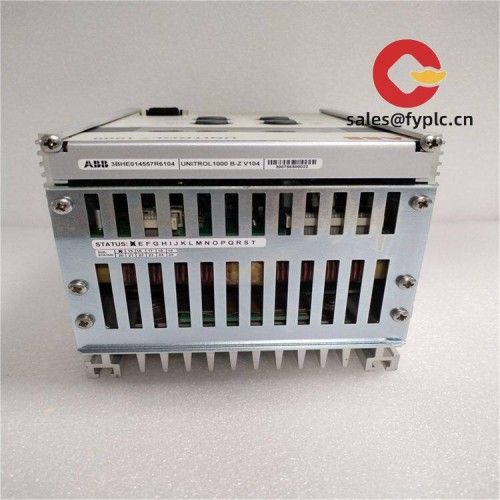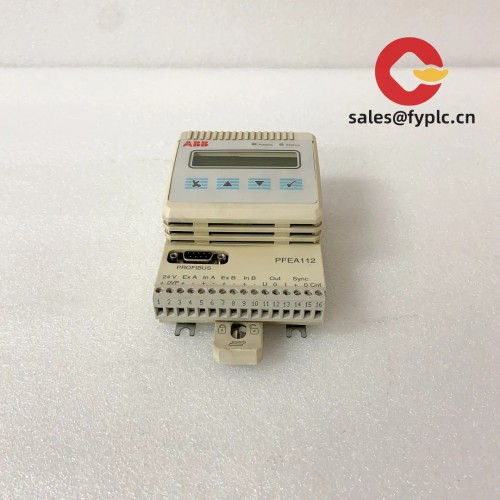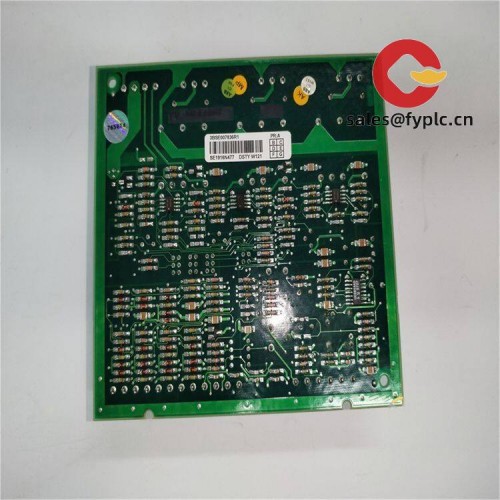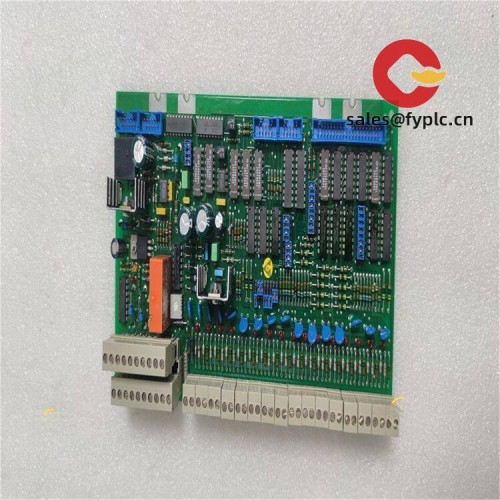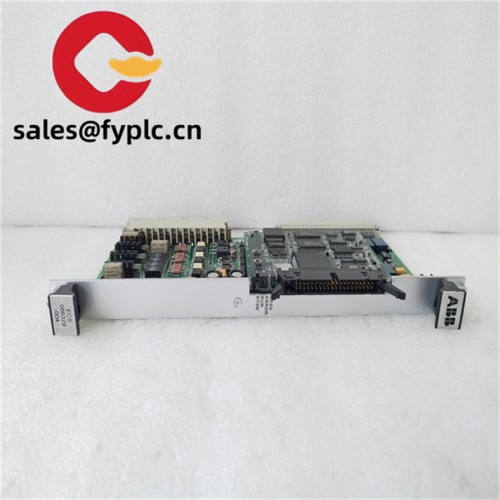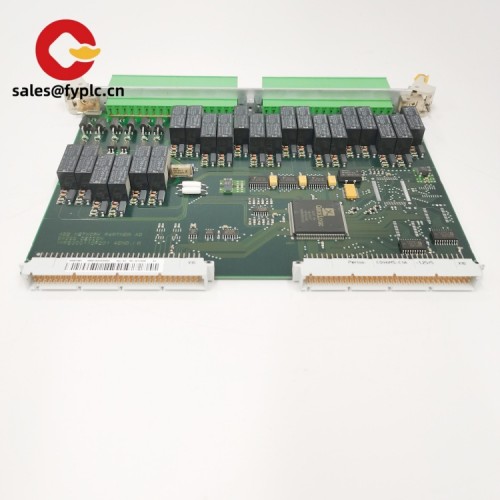SPS 2025: What’s Next for Smart Production & Automation
Manufacturing is moving fast, and SPS 2025 appears set to spotlight how smart production and automation are reshaping factories, supply chains, and service models. While not every plant will modernize at the same pace, the direction is clear: more data-driven decisions, tighter integration from edge to cloud, and safer, leaner operations. Below is a practical guide to key technologies, likely industry impacts, and how businesses can adapt without unnecessary disruption.
The Evolution of Smart Production
Smart production blends IoT sensors, AI/ML, robotics, and connected software to orchestrate workflows that are typically faster, more consistent, and easier to scale. Traditional, siloed lines are giving way to interoperable cells and modular equipment. From my experience, value often starts with visibility—capturing machine data, normalizing it, and using analytics to pinpoint bottlenecks. That visibility then enables predictive maintenance, energy optimization, and closed-loop quality control.
Early adopters report meaningful gains in OEE and scrap reduction, but there are caveats: integration complexity, cybersecurity posture, and change management can slow progress. The good news is that reference architectures, standardized data models, and better low-code tools are easing rollouts in most cases.
Key Technologies Driving Automation in 2025
- AI and Machine Learning: From anomaly detection to vision-based inspection, AI supports faster decisions and typically reduces unplanned downtime through predictive maintenance.
- Industrial IoT (IIoT): Networked sensors feed real-time status, quality metrics, and energy usage into MES/ERP systems, helping teams act before issues escalate.
- Advanced Robotics and AMRs: Safer cobots and autonomous mobile robots are taking on repetitive tasks, especially where labor is constrained or variability is high.
- 5G and Deterministic Networking: Low-latency links enable closed-loop control, high-resolution video analytics, and rapid reconfiguration on the shop floor.
- Cybersecurity for OT: Zero-trust principles, network segmentation, and continuous monitoring are becoming standard to protect connected assets.
- Digital Twins: Virtual replicas of lines and assets let teams simulate throughput, test recipe changes, and validate safety without halting production.
- Blockchain & Traceability: Immutable records can increase supply chain transparency, which is useful for recalls, certifications, and ESG reporting.
- Edge Computing: Processing data at the machine level cuts latency and reduces cloud costs, which is critical for vision, motion, and safety use cases.
How Industries Will Likely Be Affected
- Automotive: Smart factories support EV platforms, flexible lines, and over-the-air updates for vehicles. Expect more software-defined manufacturing and stringent traceability.
- Healthcare & Pharma: Digitally verified batch records, automated QC, and serialized packaging help with compliance and precision medicine.
- Consumer Goods: Shorter runs and mass customization become more viable through modular equipment and AI-driven demand planning.
- Construction & Machinery: Offsite modular fabrication, robotic welding, and digital twins improve scheduling, safety, and cost predictability.
- Energy & Utilities: Smarter grids, predictive asset maintenance, and integrated renewables management enhance stability and uptime.
- Agriculture: Precision farming with autonomous equipment, vision systems, and soil sensors helps conserve inputs and raise yields.
A Practical Playbook for Businesses
- Clarify outcomes first: Define 2–3 measurable goals (e.g., scrap -15%, changeover time -20%). Let these guide technology choices.
- Start with high-ROI pilots: Typically, condition monitoring, energy management, and vision inspection pay back quickly and build momentum.
- Invest in people: Upskill operators and technicians on data literacy, safety, and basic scripting. Peer coaching often works better than one-off workshops.
- Modernize the data layer: Standardize tags, contextualize machine data, and ensure secure connectivity between OT and IT.
- Plan integration carefully: Use open, interoperable interfaces where possible to avoid lock-in and simplify future upgrades.
- Align with sustainability: Track energy, water, and waste at the asset level; optimize setpoints to cut emissions without trading off quality.
- Prepare for audits and regulation: Version control, electronic records, and role-based access typically make compliance smoother.
Common Challenges and Practical Fixes
- Budget pressure: Use a phased roadmap and track payback per line. Co-fund with energy rebates where available.
- Data privacy & security: Segment OT networks, adopt MFA for remote access, and log everything—especially admin actions.
- Resistance to change: Involve operators early, share pilot wins, and reward suggestions that remove manual pain points.
- Skills gap: Blend OEM training with internal guilds; pair experienced technicians with data engineers for cross-learning.
- Standardization: Create site-wide guidelines for data models, naming conventions, and API use; this avoids one-off integrations.
- Environmental impact: Select energy-efficient drives, right-size compute at the edge, and plan e-waste handling up front.
- Stakeholder alignment: Quarterly reviews with operations, quality, IT/OT, and finance keep priorities realistic and funded.
What to Watch at SPS 2025
- Interoperability demos: Systems exchanging data seamlessly across PLCs, MES, and cloud analytics.
- Digital twin use cases: Throughput tuning, safety validation, and training in virtual environments.
- Edge AI for quality: Real-time vision inspection and closed-loop adjustments without cloud latency.
- Cyber resilience: Practical playbooks for incident response and rapid recovery in OT.
- Sustainability metrics: Granular monitoring of energy and emissions at line and product levels.
- Workforce enablement: No-code/low-code tools, AR-guided procedures, and safer human–robot collaboration.
Quick Takeaways
- Smart production typically starts with better data and ends with fewer stoppages and higher yield.
- AI, IIoT, robotics, 5G, cybersecurity, and digital twins are the core stack to watch in 2025.
- Pick targeted pilots, upskill your team, and standardize the data layer to scale with less friction.
- Expect stronger demands for traceability, safety, and sustainability across industries.
It appears that the winners in this shift will be the manufacturers who learn fast, automate where it truly pays, and keep their people at the center of the transformation. If you’re heading to SPS 2025, go in with a short list of measurable problems—and look for solutions you can pilot within 90 days.

